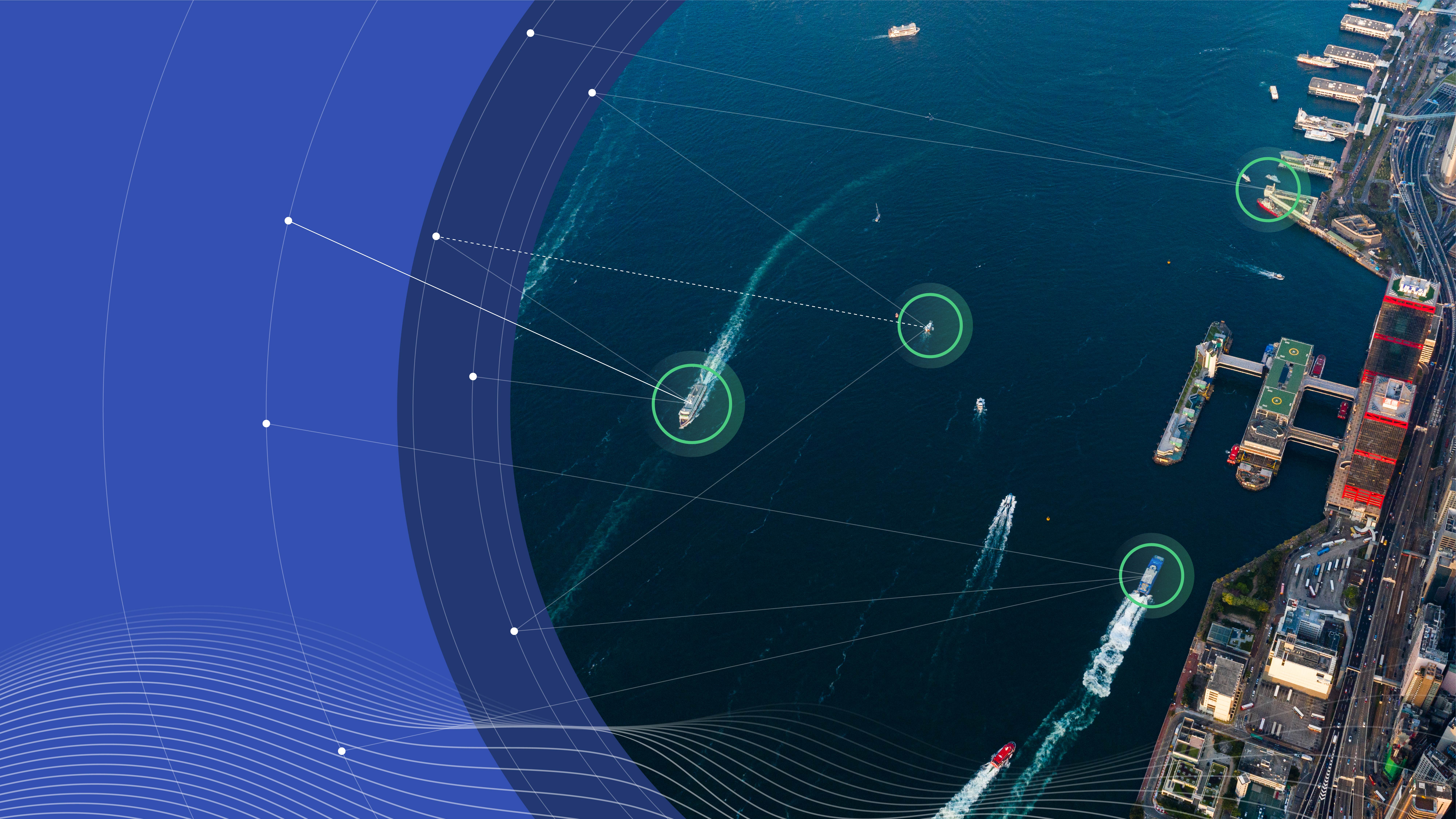
Loss prevention through compliance with statutory requirements
The challenge when building dangerous goods warehouses in port areas is to connect a whole range of laws and directives on building construction, hazardous substances, water protection, explosives, epidemics, etc. The complexity of these legal standards makes it necessary to involve the authorities in an all-embracing, interdisciplinary planning process at an early stage. Both national and international standards must be observed.
Different systems are applied worldwide for classifying and marking chemicals. As a result, a substance or mixture of substances may be classed and treated as hazardous in one country but not in another. This causes problems, not only for transport and trade, but also with regard to safety at work. To remedy the situation, a uniform global system for classifying chemicals has been set up under the aegis of the United Nations. The Globally Harmonised System (GHS), as it is known, was first presented in 2003 in the form of a “Purple Book” which is normally updated every two years. Classification according to harmonised criteria means that the same symbols, warnings and safety instructions can be used on labels and in data sheets across the world to draw attention to the dangers associated with chemicals.
National regulations must be observed at all times when building and operating port facilities or industrial plants which handle, store or process hazardous substances. These regulations specify which facilities require mandatory licensing and consequently must meet certain requirements. Explosive, radioactive and infectious substances are often governed by more far-reaching regulations which normally also call for separate storage. Special requirements must also be observed when handling larger quantities of combustible and explosive substances. Strict compliance with the statutory rules and regulations is consequently the most important way of preventing losses.
In this context, loss prevention begins outside the port, in maritime traffic: hence the global relevance of Maritime Safety Conventions (IMO– IMDG/ISM/IBC). International safety regulations governing the transport of dangerous sea freight in maritime shipping – acknowledged with more or less binding force, depending on whether they have been adopted on a national level – are prepared by the Maritime Safety Committee (MSC), Marine Environment Protection Committee (MEPC) and Legal Committee (LEG) of the International Maritime Organization (IMO). The central guideline is the International Convention for the Safety of Life at Sea (SOLAS) and the International Maritime Dangerous Goods Code (IMDG), which governs marking and packaging during stacking, storage and handling activities on board ships or in port, as well as the International Management Code for the Safe Operation of Ships and for Pollution Prevention (ISM), which sets general safety standards for maritime traffic, and the International Code for the Construction and Equipment of Ships Carrying Dangerous Chemicals in Bulk (IBC). Other codes include the International Code for the Construction and Equipment of Ships Carrying Liquefied Gases in Bulk (IGC Code) and the International Code for the Safe Carriage of Packaged Irradiated Nuclear Fuel, Plutonium and High- Level Radioactive Wastes on Board Ships (INF Code). These codes govern the structural design and requirements for ships carrying dangerous goods. They are part of the SOLAS Convention. The entire system is part of the Global Integrated Shipping Information System (GISIS).
Loss prevention through physical separation
Loss prevention through structural measures and plant engineering
Loss prevention through information and tracking systems
Loss prevention through increased controls
Conclusion
There is an urgent need for port storage facilities specialising in hazardous substances to keep up with the rapid growth in global trade. Given their large capacities and the range of potentially hazardous substances they contain, such warehouses are governed by special safety regulations, particularly as regards the distances to be maintained and the loss prevention measures required in respect of both structural and plant engineering measures.
Provided that such measures are enforced, they can prevent losses and limit the magnitude of a loss. Information and tracking systems help to make movements of hazardous substances in port areas more transparent and permit identification of dangerous levels or cases of combined storage. In addition, such systems also make it possible to check and verify compliance with the required marking and approved storage quantities. In an emergency, it is essential to have fast access to data on all relevant hazardous substances (for instance in material safety data sheets) to ensure that emergency services have all the information they need regarding the substances’ location, type and quantity, as well as on the safety precautions taken to protect people and the environment.
Suitable emergency and business continuity plans permitting a swift resumption of operations are just as important as compliance with the regulations on dangerous goods. The decisive factor is to develop scenarios which also take account of exposure to multiple risks, such as fire/ explosion, natural hazards, terrorist attacks and cyber risks.
Munich Re Experts

Related Topics
properties.trackTitle
properties.trackSubtitle

